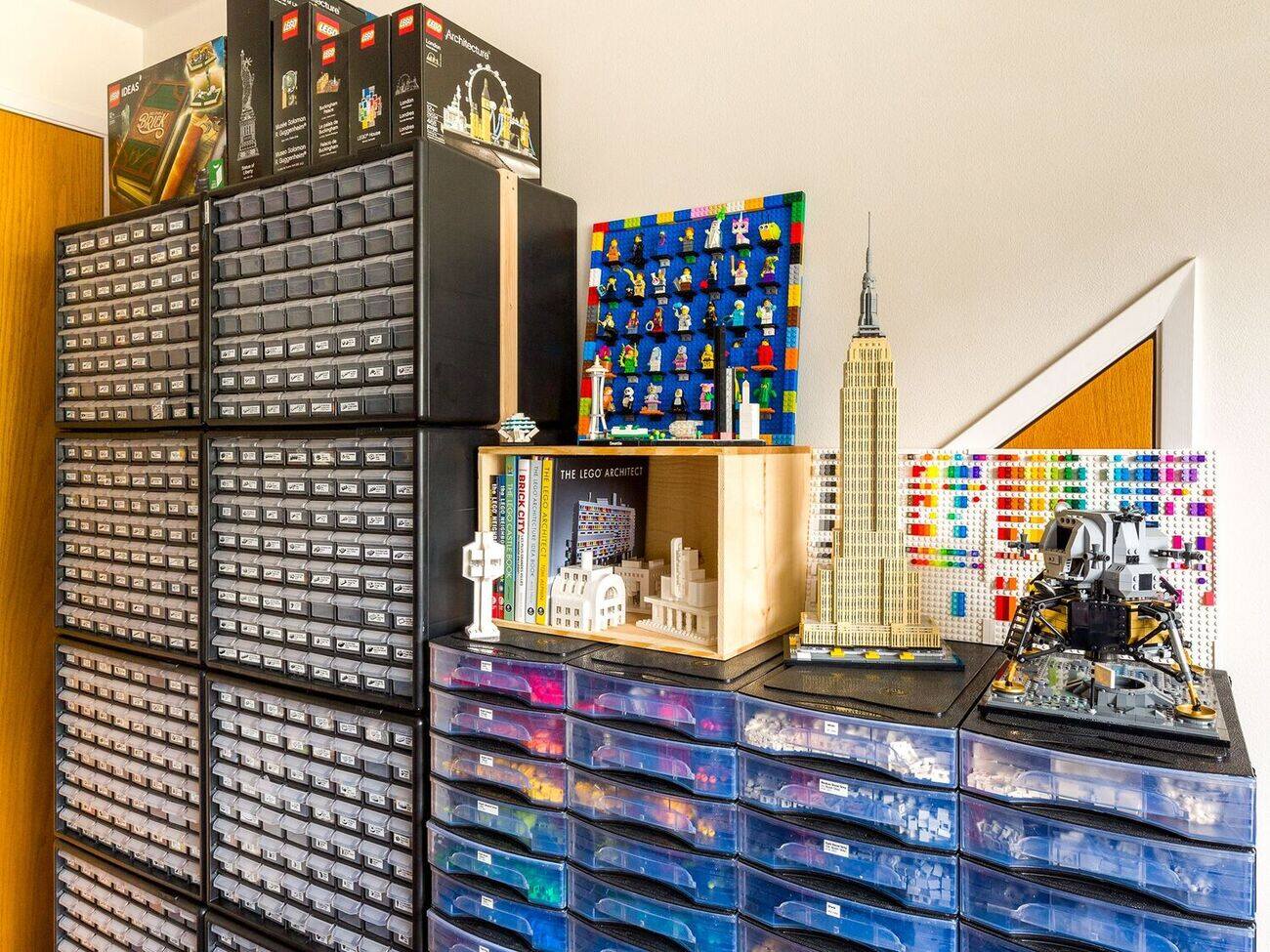

Articles
How To Store Built Legos
Modified: October 29, 2024
Learn the best methods for storing your built Legos with these informative articles. Keep your Legos organized and protected for future play!
(Many of the links in this article redirect to a specific reviewed product. Your purchase of these products through affiliate links helps to generate commission for Storables.com, at no extra cost. Learn more)
Introduction
As any Lego enthusiast knows, building with Lego bricks is a creative and enjoyable experience. However, once the building process is complete, the challenge becomes finding a suitable storage solution for your beautiful creations. Without proper storage, these works of art can easily get damaged or lost.
In this article, we will explore different strategies and tips for storing built Legos. From choosing the right storage solutions to organizing and maintaining your collection, we’ll cover everything you need to know to keep your Legos safe and well-preserved.
So, whether you’re a casual Lego builder or a dedicated collector, let’s dive in and discover the best ways to store your beloved creations!
Key Takeaways:
- Proper storage, organization, and maintenance are crucial for preserving built Legos. Choose the right storage solutions, sort by color or type, and implement labeling and inventory systems to keep your collection safe and easily accessible.
- Displaying your built Legos adds a creative touch to your collection. Utilize shelving units, shadow boxes, and LEGO display stands to showcase your favorite sets and create visually appealing displays.
Read more: How To Store Lego Boxes
Choosing the Right Storage Solutions
When it comes to storing built Legos, the first step is to choose the right storage solutions that will keep your creations safe and easily accessible. Here are some factors to consider when selecting the right storage options:
- Size: Consider the size of your Lego creations and choose containers or storage solutions that can accommodate them without squishing or damaging the pieces. It’s important to have storage options with enough depth and width to hold the models while preserving their integrity.
- Stackability: Look for storage containers or bins that can be easily stacked on top of each other. This will not only save space but also make it more convenient to access and organize your built Legos.
- Transparency: Opt for storage solutions that are transparent or have clear sections. Being able to see the contents of each container without opening it will save you time when searching for specific models or pieces.
- Portability: Consider the transportability of the storage containers. If you attend Lego conventions or frequently move your Lego collection, lightweight, and portable storage options such as tackle boxes or portable drawers can be a practical choice.
- Protection: Ensure that the storage solutions you choose provide adequate protection for your built Legos. Look for boxes or cases with secure lids to prevent dust or moisture from damaging your creations. If you live in a humid climate, consider using silica gel packets to absorb excess moisture.
Remember, there is no one-size-fits-all solution when it comes to storage containers for built Legos. Consider the size of your collection, your available space, and your personal preferences to choose the storage solutions that best fit your needs.
Sorting and Organizing Your Legos
Once you have chosen the right storage solutions, the next step is to sort and organize your Legos. A well-organized collection will not only make it easier to find specific pieces or sets but also make the building process more enjoyable. Here are some tips for sorting and organizing your Legos:
- Sort by Color: One of the most common methods of sorting Legos is by color. This system makes it easy to quickly locate specific colored pieces when building. Use separate storage containers or compartments for each color to keep them organized.
- Sort by Type: Another effective way to sort Legos is by type. This method involves grouping similar pieces together, such as bricks, plates, slopes, and accessories. This system allows you to easily find specific types of pieces when constructing a model.
- Sort by Set: If you prefer to keep your Legos organized by set, create separate storage sections for each set. This makes it easier to locate and rebuild a specific set without searching through multiple containers.
- Use Sorting Trays: Sorting trays are handy tools for organizing small Lego pieces. These trays have multiple compartments that allow you to sort and separate different types of Lego elements. Sorting trays are especially useful for keeping track of tiny pieces like studs or small accessories.
- Keep Instruction Manuals Handy: To make rebuilding sets easier, keep the instruction manuals in a separate folder or binder. Label the manuals by set or number to quickly find the instructions you need. Alternatively, you can scan the manuals and store them digitally for easy access.
Experiment with different sorting methods and find the one that works best for you. Remember, the goal is to create a system that is intuitive for you to use and maintain over time.
Storing Legos by Set
For avid Lego collectors or enthusiasts who want to preserve the integrity of their built sets, storing Legos by set is a logical approach. Keeping sets intact not only makes it easier to display and showcase your collection but also allows you to rebuild them in the future. Here are some tips for storing Legos by set:
- Individual Containers: Use separate storage containers or bins for each set. This ensures that all the pieces and instructions for a particular set are kept together. Clear plastic containers with locking lids are ideal for this purpose, as they provide protection and visibility.
- Labeling: Label each container with the name or number of the set. This makes it easy to identify the contents without having to open every container. You can use adhesive labels, color-coded stickers, or even print out labels to maintain a neat and organized storage system.
- Instructions: Keep the instruction manuals for each set inside the respective containers. This way, you’ll have the instructions readily available whenever you want to rebuild a particular set. Remember to keep the manuals in good condition to ensure they remain legible and intact.
- Protective Packaging: If you have particularly delicate or intricate sets, consider using additional protective packaging. Ziplock bags or bubble wrap can help prevent any small or fragile pieces from getting lost or damaged during storage.
- Stacking: When storing sets, consider the stackability of the containers. Stacking the containers will help save space and make it easier to manage and access your collection.
By storing Legos by set, you can preserve the completeness and originality of each set. This method is especially beneficial if you have limited display space and want to maintain the value and collectibility of particular sets in your collection.
Utilizing Storage Containers
Storage containers are essential tools for keeping your built Legos organized and protected. Here are some tips for effectively utilizing storage containers:
- Clear Plastic Containers: Clear plastic containers are a popular choice for storing Legos. They offer visibility, allowing you to easily see the contents without having to open the containers. Choose containers with secure lids to prevent dust and moisture from damaging your Legos.
- Adjustable Dividers: Look for storage containers with adjustable dividers. These dividers allow you to customize the compartments to fit different sizes of Lego pieces. This feature is particularly useful for storing various types of small pieces like studs or accessories.
- Compartmentalized Storage Boxes: Consider using compartmentalized storage boxes with multiple sections or trays. These containers offer designated spaces for different types of Lego pieces, making it easier to sort and find specific elements.
- Modular Storage Systems: Modular storage systems provide a flexible and expandable way to store your Legos. These systems consist of interchangeable and stackable drawers or bins, allowing you to customize the storage space according to your needs. They are especially useful for larger Lego collections.
- Tackle Boxes: Tackle boxes or fishing tackle organizers can be repurposed as Lego storage containers. With their multiple compartments, these boxes are ideal for organizing and separating small Lego pieces. They are also portable and convenient for on-the-go building or transport.
- Ziplock Bags: Ziplock bags are an affordable and versatile option for storing Lego pieces. Use smaller bags to categorize and group similar pieces together. These bags can be easily stored in larger containers or hung on a pegboard for easy access.
Remember to select storage containers based on your specific needs and the size of your Lego collection. It’s important to choose containers that provide protection, visibility, and organization to ensure the longevity and convenience of your Legos.
Store built Legos in a clear plastic container with a lid to keep them dust-free and organized. You can also use a display shelf to showcase your creations while keeping them safe.
Read more: How To Store Lego Instructions
Labeling and Inventory Systems
Labeling and inventory systems are essential for keeping track of your Lego collection and ensuring that everything is organized and easily accessible. Here are some tips for labeling and implementing an inventory system for your Legos:
- Labeling Containers: Label each storage container or bin with a clear and descriptive label. Include information such as the type of Lego pieces inside, the set number (if applicable), or any other relevant details. This will help you quickly locate specific pieces or sets when needed.
- Barcode or QR Code Labels: For larger collections, consider using barcode or QR code labels. This allows you to scan the labels and access detailed information about the contents of each container using a smartphone or barcode scanner. There are various apps and software available to help you create and manage barcode or QR code inventory systems.
- Inventory Spreadsheet: Create an inventory spreadsheet to keep track of your Lego pieces and sets. Include columns for set numbers, names, piece counts, and storage locations. This serves as a handy reference when searching for specific pieces or sets and helps you maintain an organized collection.
- Color-Coding: Consider color-coding your storage containers or labels to visually differentiate different types of Lego pieces or sets. For example, you can use colored adhesive dots or stickers to mark containers containing specific colors or themes.
- Digital Inventory Tools: Take advantage of digital inventory tools specifically designed for Lego collections. These tools allow you to catalog your Legos, track set completion, and generate reports. They often have features like image recognition to help identify and add sets to your inventory seamlessly.
- Regular Updates: Make it a habit to update your inventory system regularly. Whenever you acquire new Lego sets or make changes to your collection, update your labels, barcode or QR codes, and inventory spreadsheet accordingly. This will ensure that your inventory system remains accurate and up to date.
Implementing a labeling and inventory system will not only help you locate specific Legos easily but also assist in tracking your collection’s growth and ensuring that nothing gets lost or misplaced.
Displaying Built Legos
Displaying your built Legos can add an extra level of enjoyment to your collection. Whether you want to showcase your favorite sets or create an immersive Lego display, here are some tips for displaying your built Legos:
- Shelving Units: Install shelving units or display cabinets to showcase your Lego creations. Choose shelves with adjustable heights to accommodate different-sized models. Consider using glass shelves for a sleek and transparent display.
- Shadow Boxes: Shadow boxes are perfect for displaying smaller Lego sets or individual mini-builds. These shallow, framed cases allow you to create a three-dimensional display while protecting your Legos from dust and accidental handling.
- LEGO Display Stands: Utilize LEGO display stands specifically designed to showcase individual sets or minifigures. These stands provide stability and allow you to pose and present your LEGO creations in a visually appealing way.
- Group by Theme: Organize your Lego displays by theme to create a cohesive and visually striking presentation. Group sets with similar themes, such as Star Wars or City, together to enhance the overall display impact.
- Lighting: Consider installing appropriate lighting to highlight your Lego displays. Spotlights or LED strip lights can add a dramatic effect and draw attention to specific models or details. Be mindful of the heat generated by the lights to avoid any potential damage to your Legos.
- Create Dioramas or Scenes: Have fun creating dioramas or scenes using your Legos. Build landscapes, cityscapes, or action-packed scenarios to bring your Legos to life. This not only adds visual interest to your displays but also invites storytelling and imagination.
- Rotate Displays: Keep your displays fresh and engaging by periodically rotating the showcased sets or changing the overall arrangement. This allows you to highlight different models and give your collection a dynamic feel.
Remember, displaying your built Legos is an opportunity to express your creativity and share your love for Lego with others. Choose display options that represent your personal style and preferences, and enjoy showcasing your amazing LEGO creations!
Tips for Maintaining and Cleaning Legos
Proper maintenance and cleaning are crucial for ensuring the longevity and quality of your Lego collection. Here are some tips to help you maintain and clean your Legos:
- Regular Dusting: Dust your Lego creations regularly to prevent buildup that can dull the bricks’ colors. Use a soft, lint-free cloth or a gentle brush to gently wipe off the surface of the Legos. Avoid using water or cleaning solutions, as they may damage the bricks.
- Deep Cleaning: When necessary, give your Legos a thorough cleaning. Fill a basin or sink with warm water and a mild detergent. Place the Legos in a mesh bag or a pillowcase to prevent them from scattering. Gently swish the bag in the water and let it soak for a few minutes. Rinse the Legos under running water and lay them out on a towel to air dry.
- Avoid Excessive Sun Exposure: Prolonged exposure to direct sunlight can cause the colors of your Legos to fade over time. Avoid displaying your Legos in areas with excessive sunlight, and store them in a cool, dry place away from direct sunlight.
- Store Legos in a Controlled Environment: Extreme temperatures and humidity can harm your Legos. Store them in a climate-controlled environment, away from areas prone to heat or high moisture levels. Keep in mind that excessive humidity can promote the growth of mold on the bricks.
- Repairing Damaged or Loose Bricks: Over time, bricks may become loose or damaged. If you encounter loose or cracked bricks, gently disassemble and reassemble the affected areas. If a brick is beyond repair, consider replacing it with a new one.
- Keep Minifigures and Accessories Safe: Minifigures and accessories are smaller and more delicate. Store them in separate compartments or display cases to avoid damage or loss. Avoid excessive handling or posing of minifigures, as it can cause wear and tear to their joints.
- Avoid Using Harsh Cleaning Chemicals: Harsh cleaning chemicals can damage the plastic bricks and affect their colors. Stick to mild detergents or soap when deep cleaning, and avoid using bleach or abrasive cleaners.
By following these tips, you can ensure that your Legos remain in great condition for years to come. Regular maintenance and proper care will keep your Lego collection looking vibrant and ready for endless building adventures!
Conclusion
Storing built Legos properly is essential to preserve their beauty and protect them from damage. By choosing the right storage solutions, sorting and organizing your Legos effectively, and implementing labeling and inventory systems, you can ensure that your collection remains organized and easily accessible. Additionally, displaying your built Legos adds a touch of creativity and allows you to showcase your favorite sets or create captivating dioramas.
Maintaining and cleaning your Legos regularly is key to their long-term longevity. Dusting and occasional deep cleaning will keep your Legos looking their best, while avoiding excessive sun exposure and storing them in a controlled environment will prevent color fading and damage.
Remember, your Legos are more than just plastic bricks. They are a representation of your creativity, imagination, and dedication to the Lego building experience. By following the tips provided in this article, you can ensure that your built Legos are well-protected, organized, and maintained, allowing you to continue enjoying the joys of building and showcasing your amazing Lego creations!
Frequently Asked Questions about How To Store Built Legos
Was this page helpful?
At Storables.com, we guarantee accurate and reliable information. Our content, validated by Expert Board Contributors, is crafted following stringent Editorial Policies. We're committed to providing you with well-researched, expert-backed insights for all your informational needs.
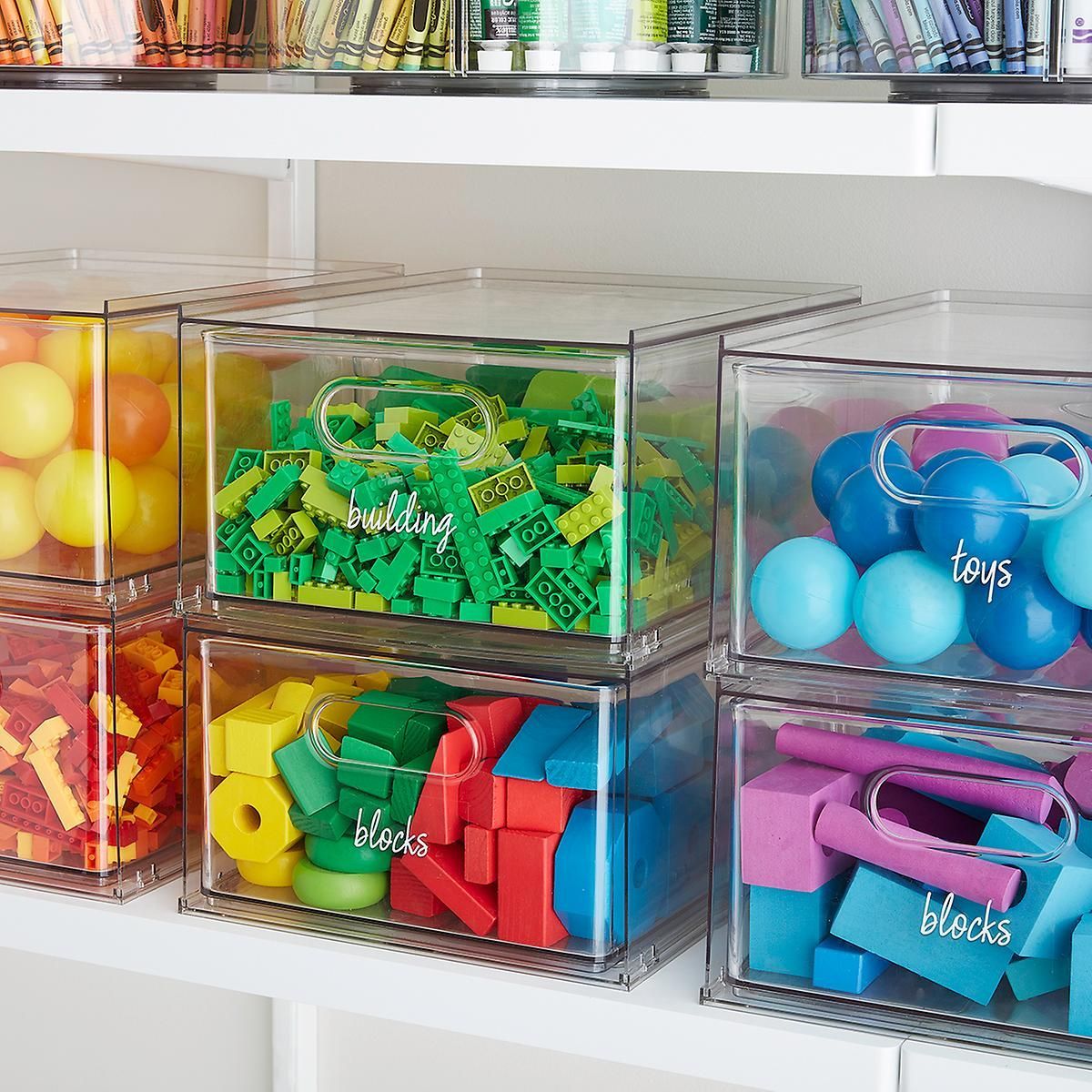
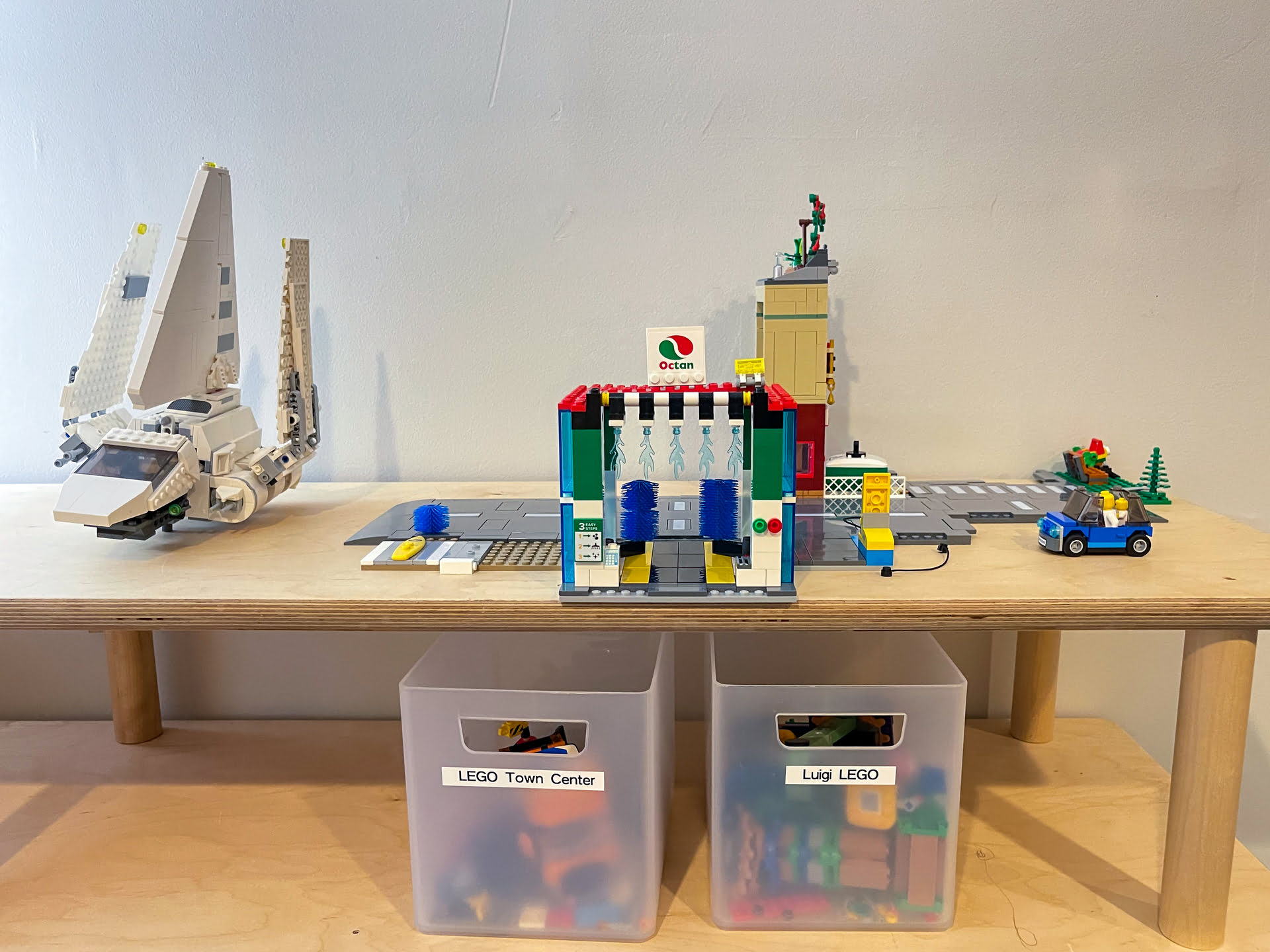
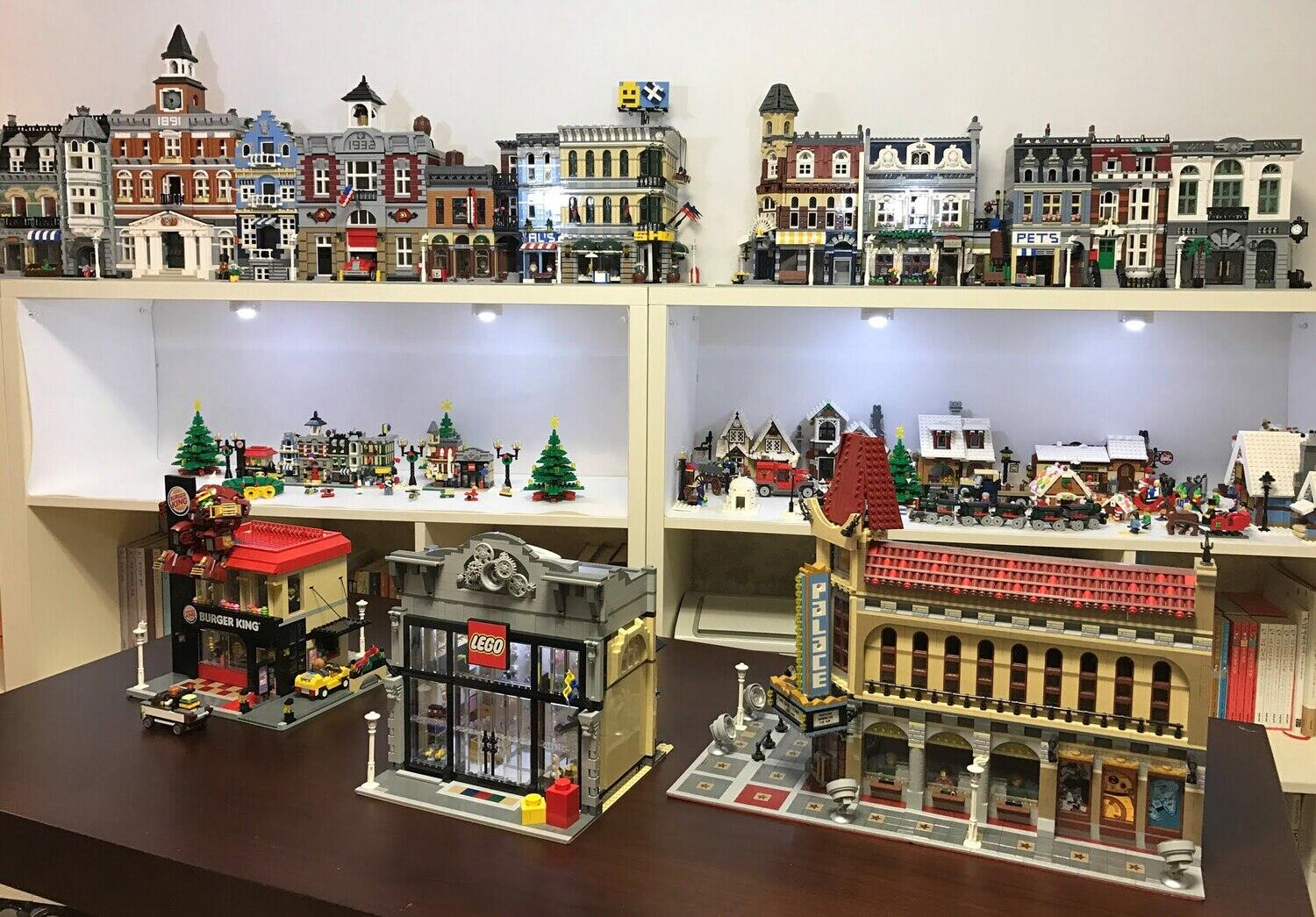
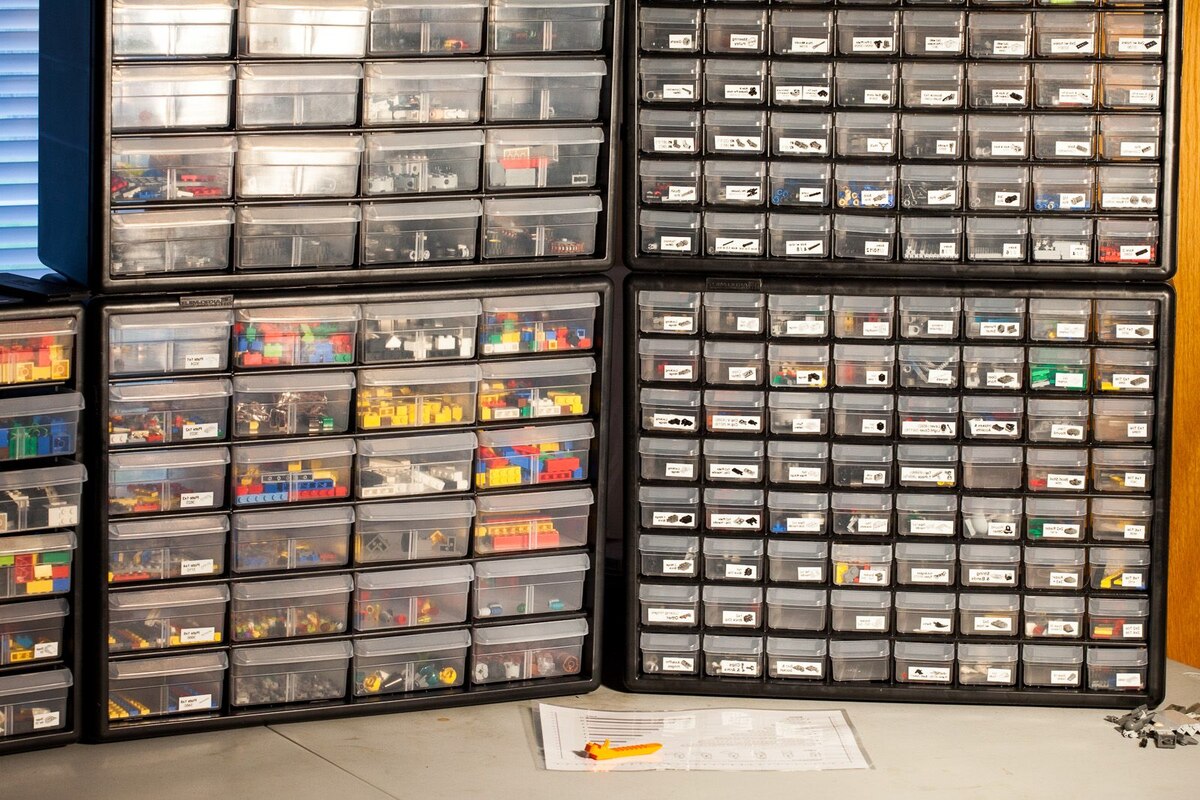
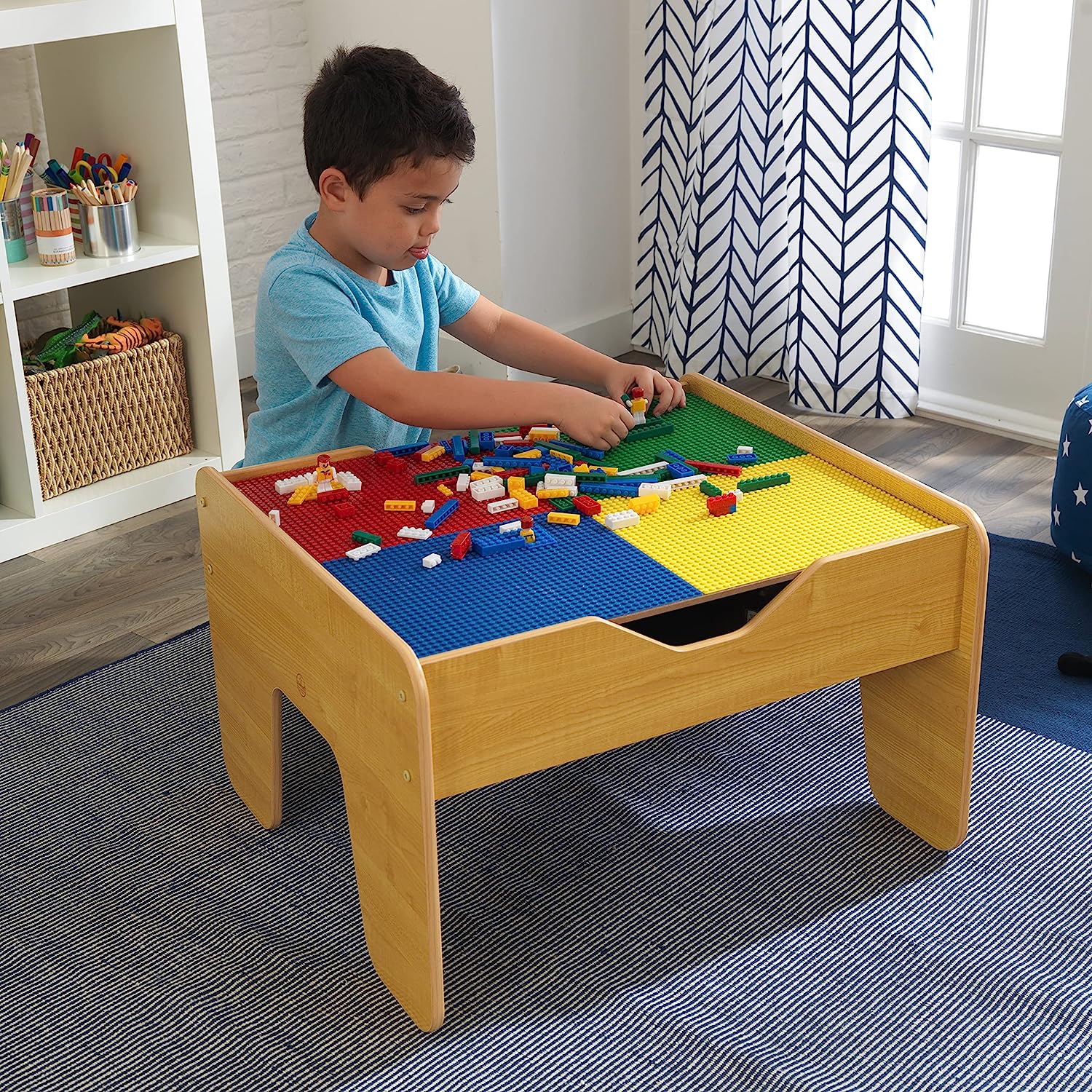
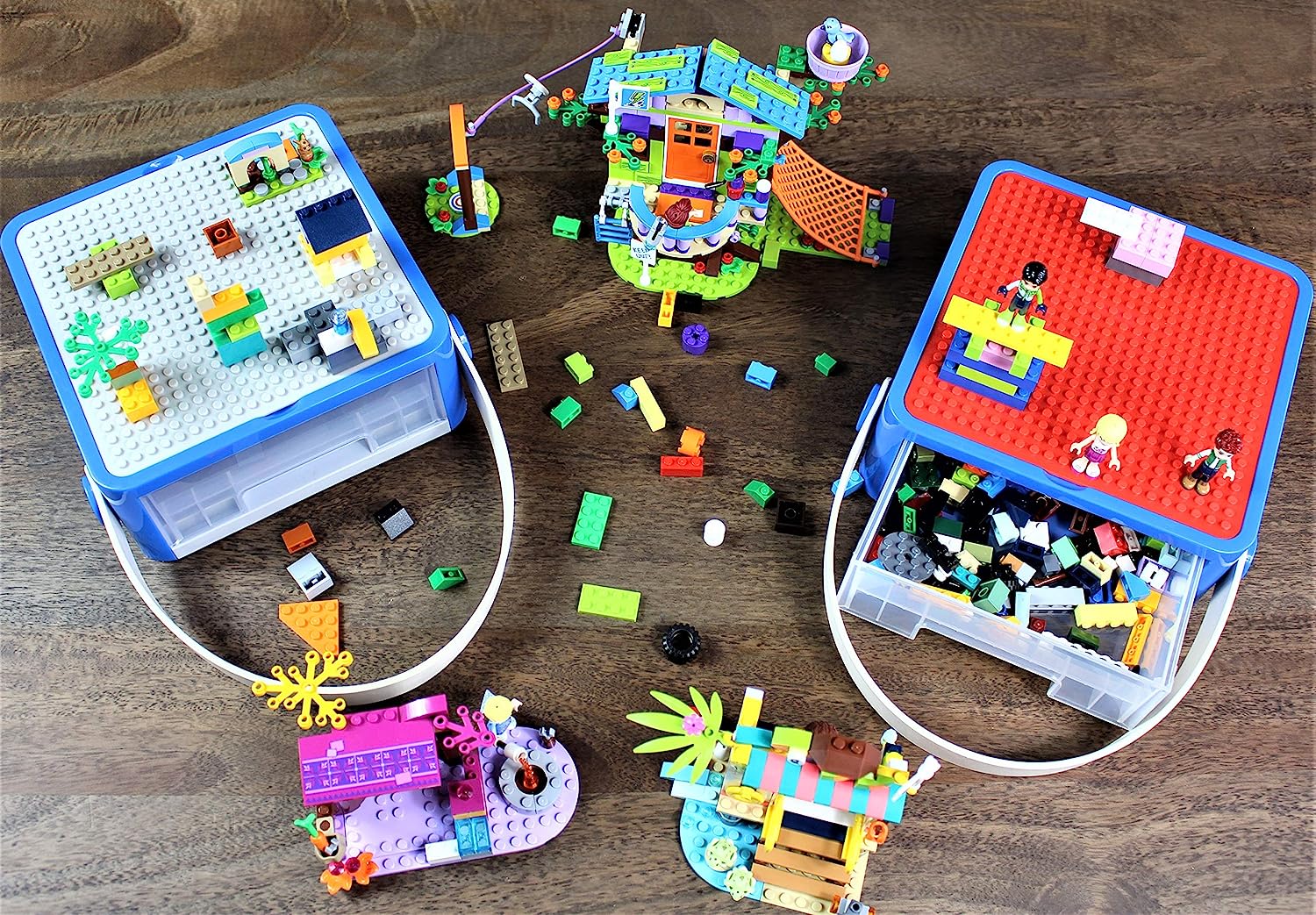
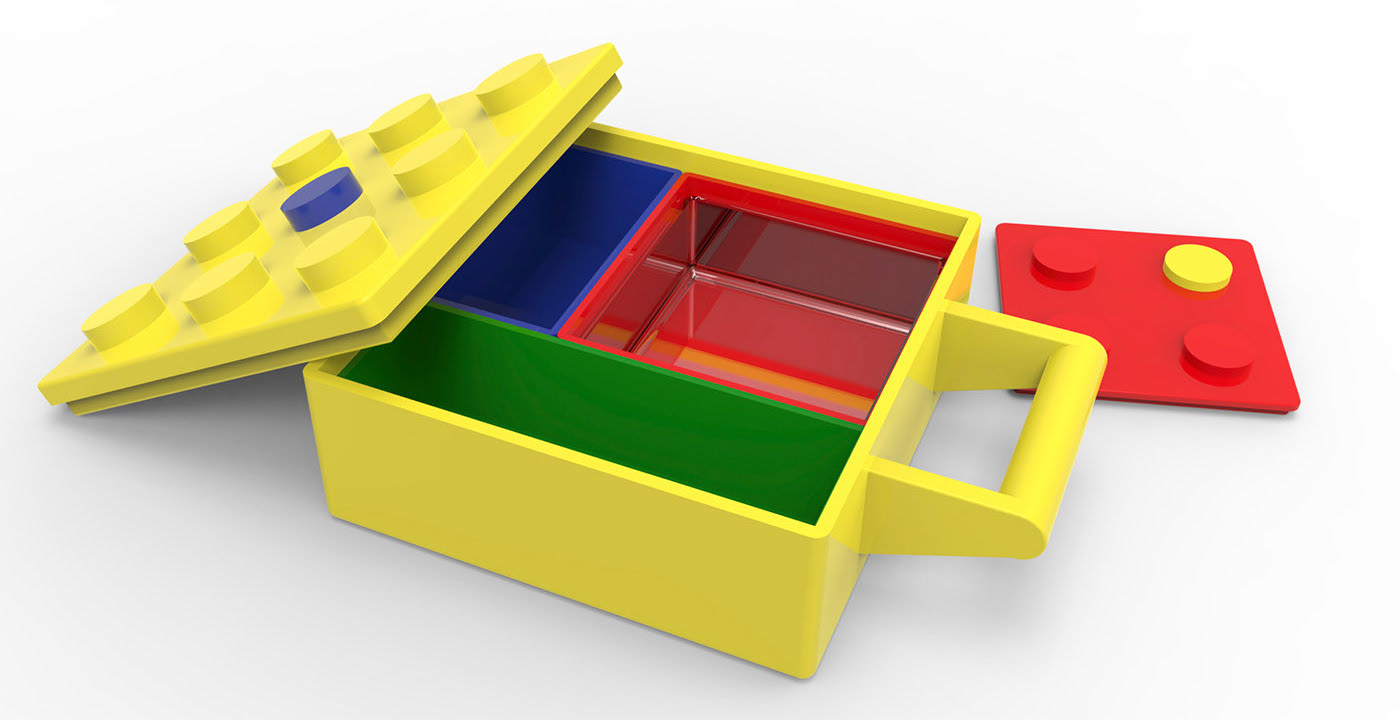
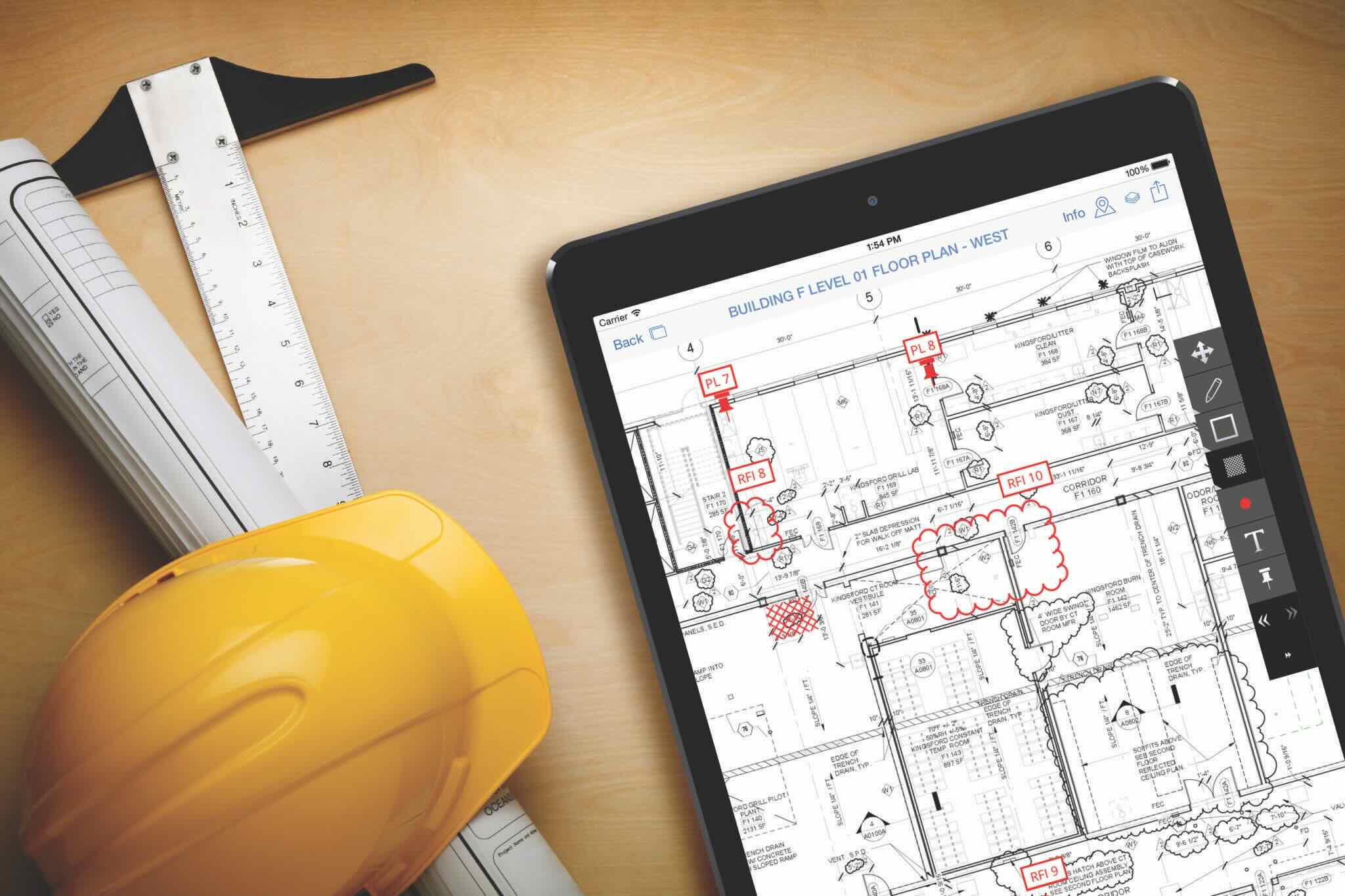


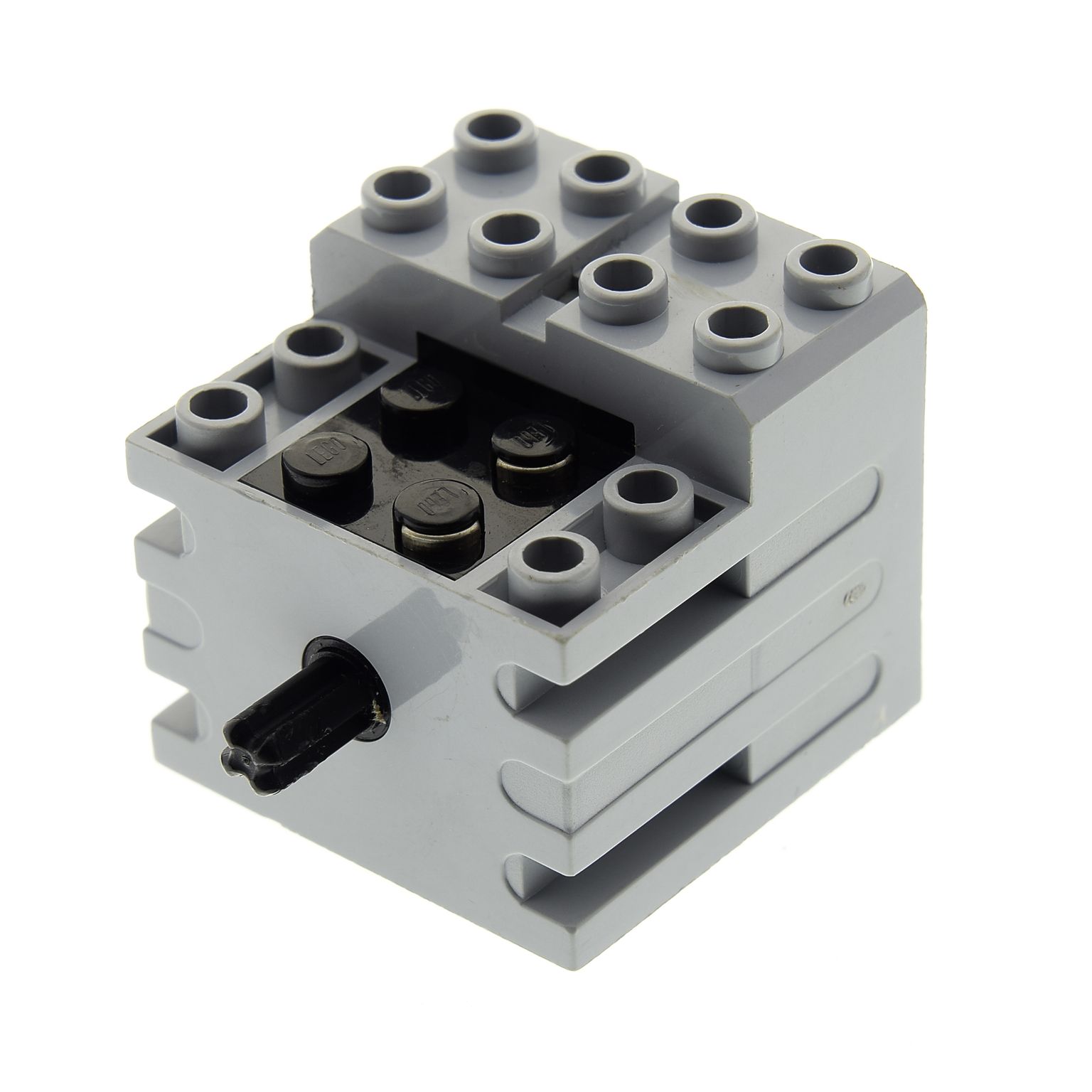
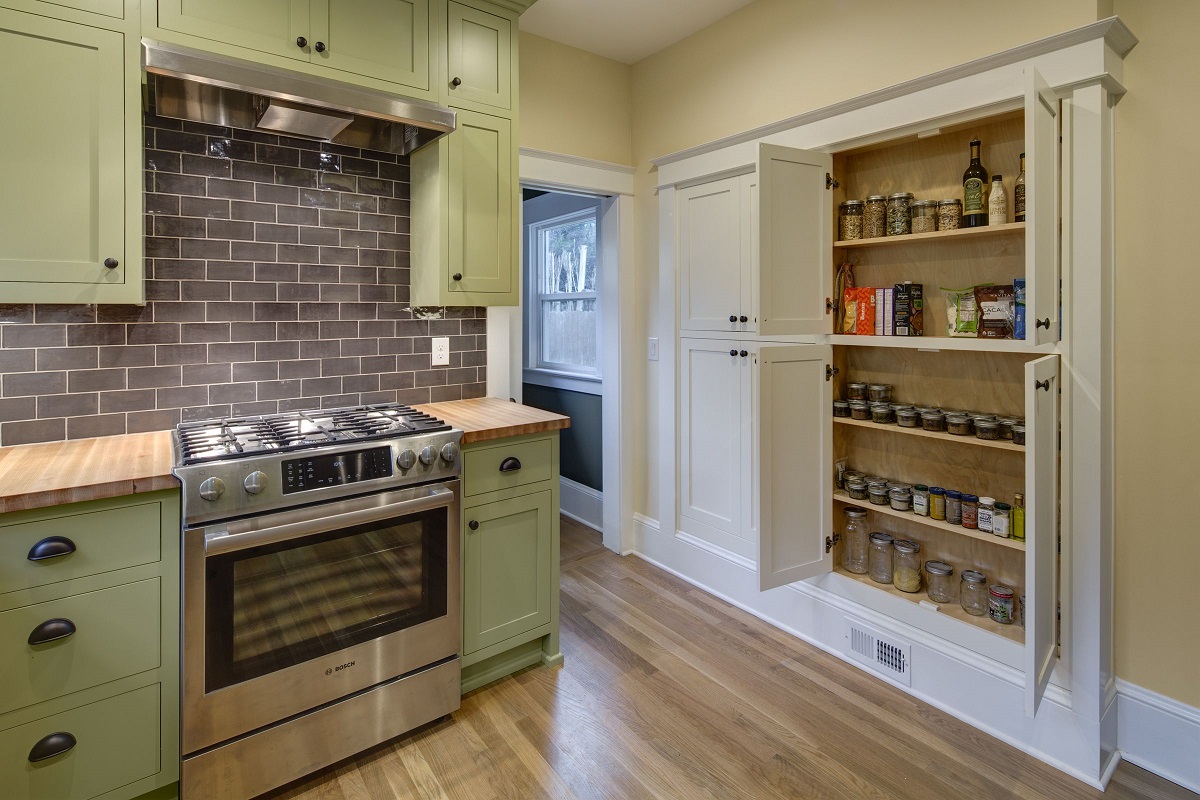
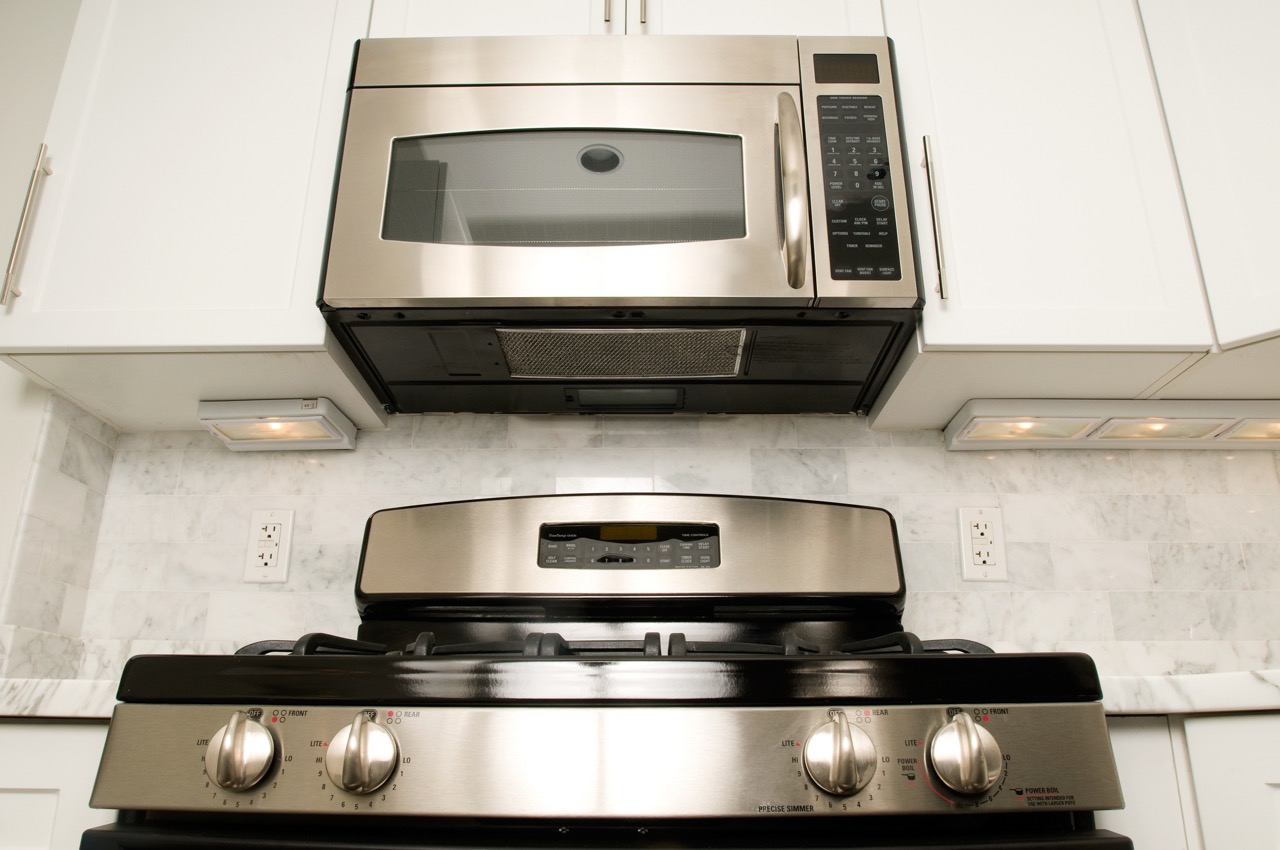
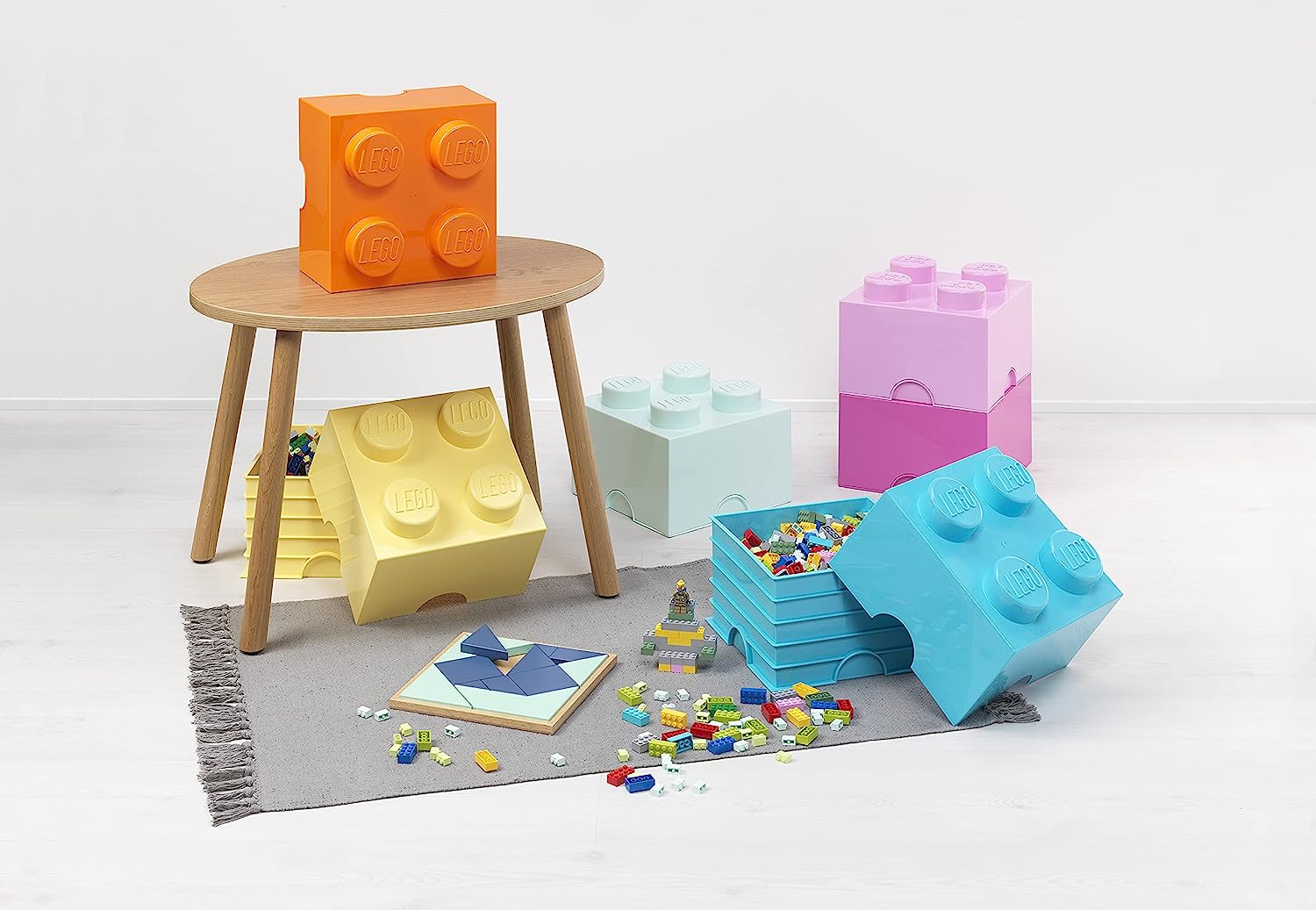

0 thoughts on “How To Store Built Legos”